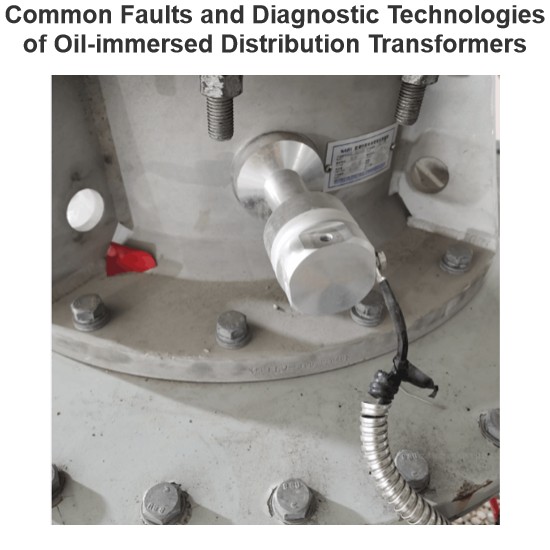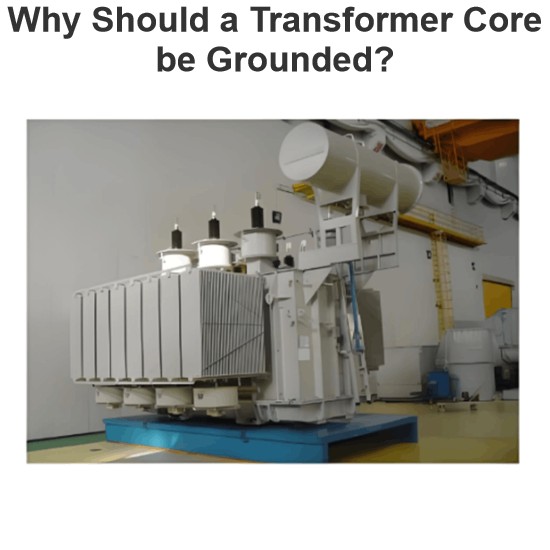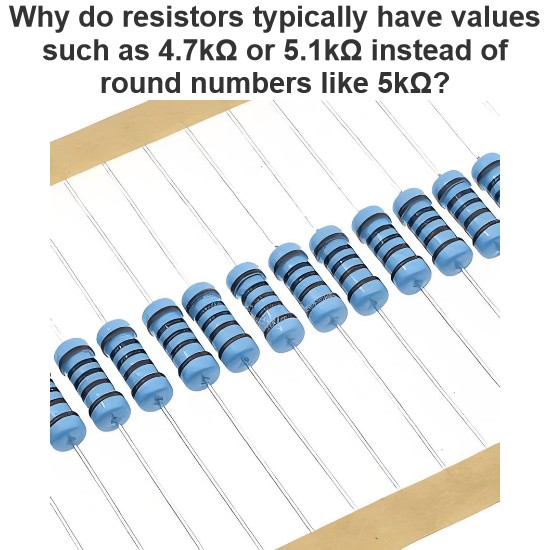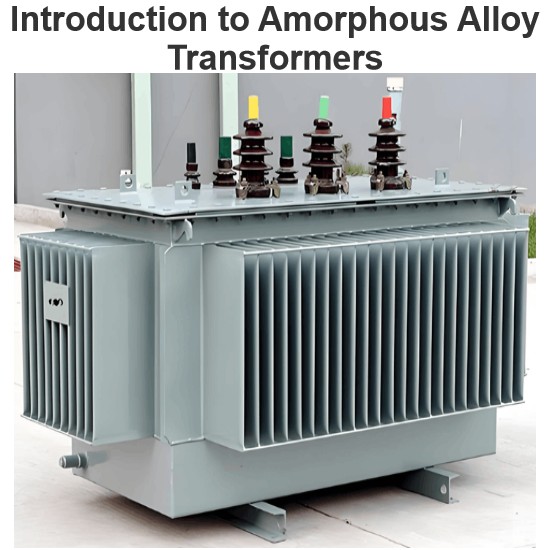| Brand | Wone Store |
| Model NO. | KWJC-3A Series high-current generator |
| Rated voltage | 220V |
| Rated capacity | 80kVA |
| Series | KWJC-3A Series |
Overview
The KWJC-3A high-current generator is a new type of test bench developed for high and low voltage switches. It can be used by manufacturers or relevant quality inspection departments. To ensure safety, it conducts overcurrent and temperature rise tests on switches.
The test current is sent out by a two-magnetic-circuit high-current generator. The current in one magnetic circuit can be adjusted by a variable-week transformer, and the second magnetic circuit directly inputs voltage from the power supply. This is set to meet the high multiple instantaneous rated current of the switch for short-circuit protection tests. When the switch conducts a low multiple overload delay test, it can be tested by adjusting the single magnetic circuit.
Parameters
Project |
Parameters |
|
Power input |
Rated voltage |
AC 380V±10% 50Hz |
Power Input |
3-phase 4-wire |
|
Rated capacity |
2X40kVA |
|
Maximum delayed current output capacity |
1600A*1.05 2hour 1600A*1.2 5min 1600A*1.5 2min 1600A*2 1min |
|
Maximum short - term output current output capability |
15000A |
|
millisecond timer range |
999.999s resolution 1ms |
|
3-phase voltage output |
0~1400V |
|
Operating temperature |
-10℃-50℃ |
|
Size |
1650mmx700mmx1700mm |
|






